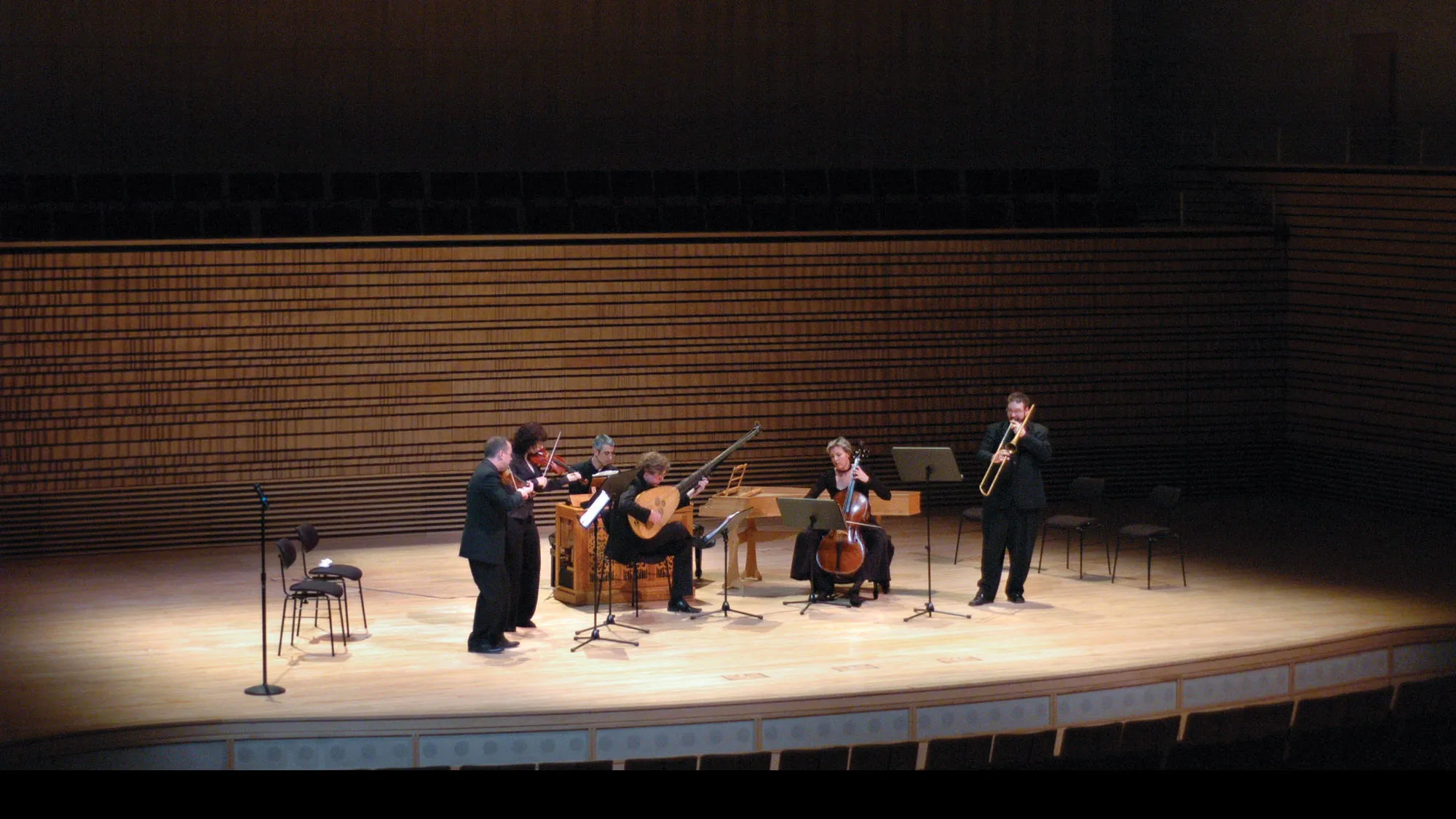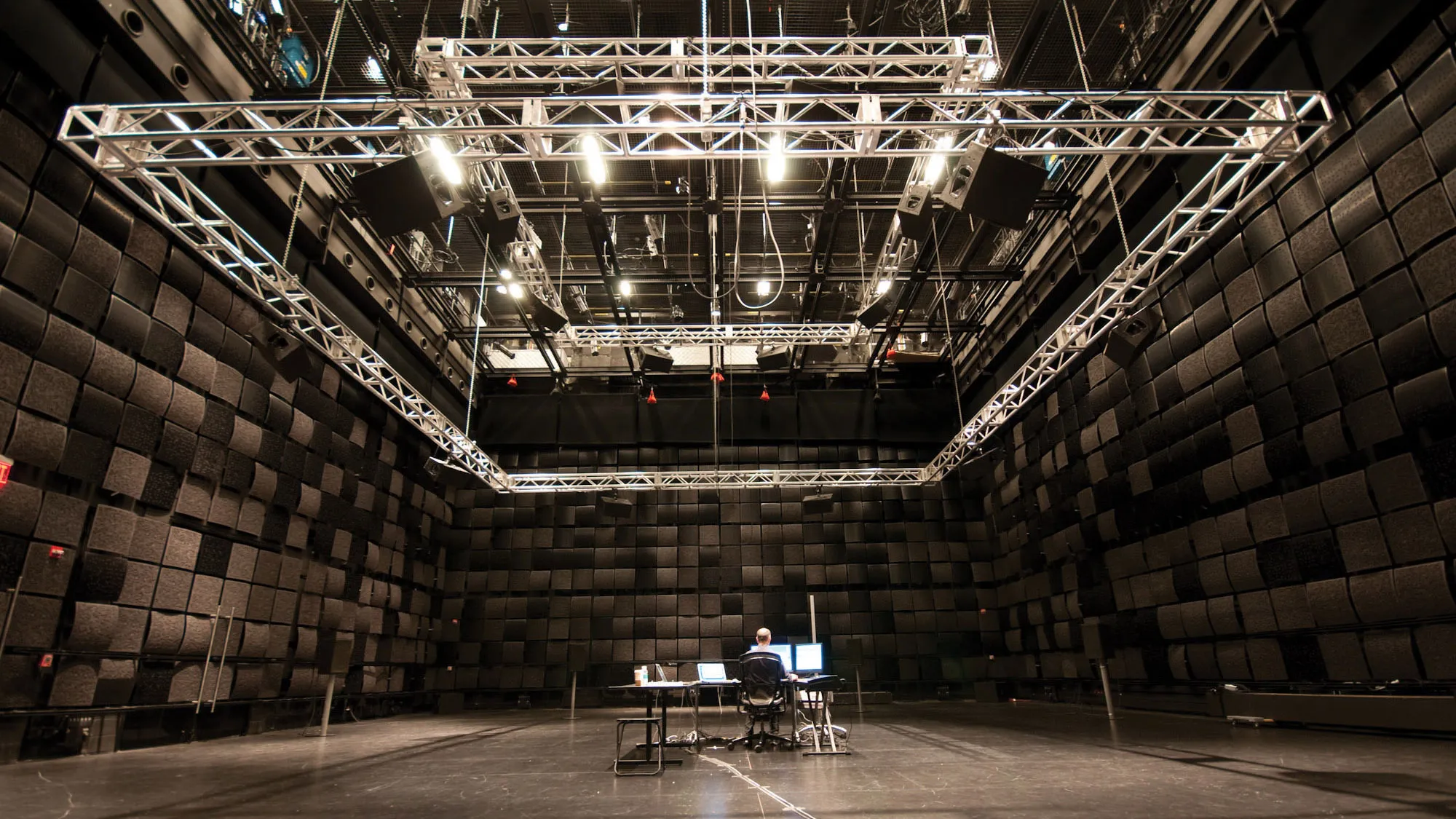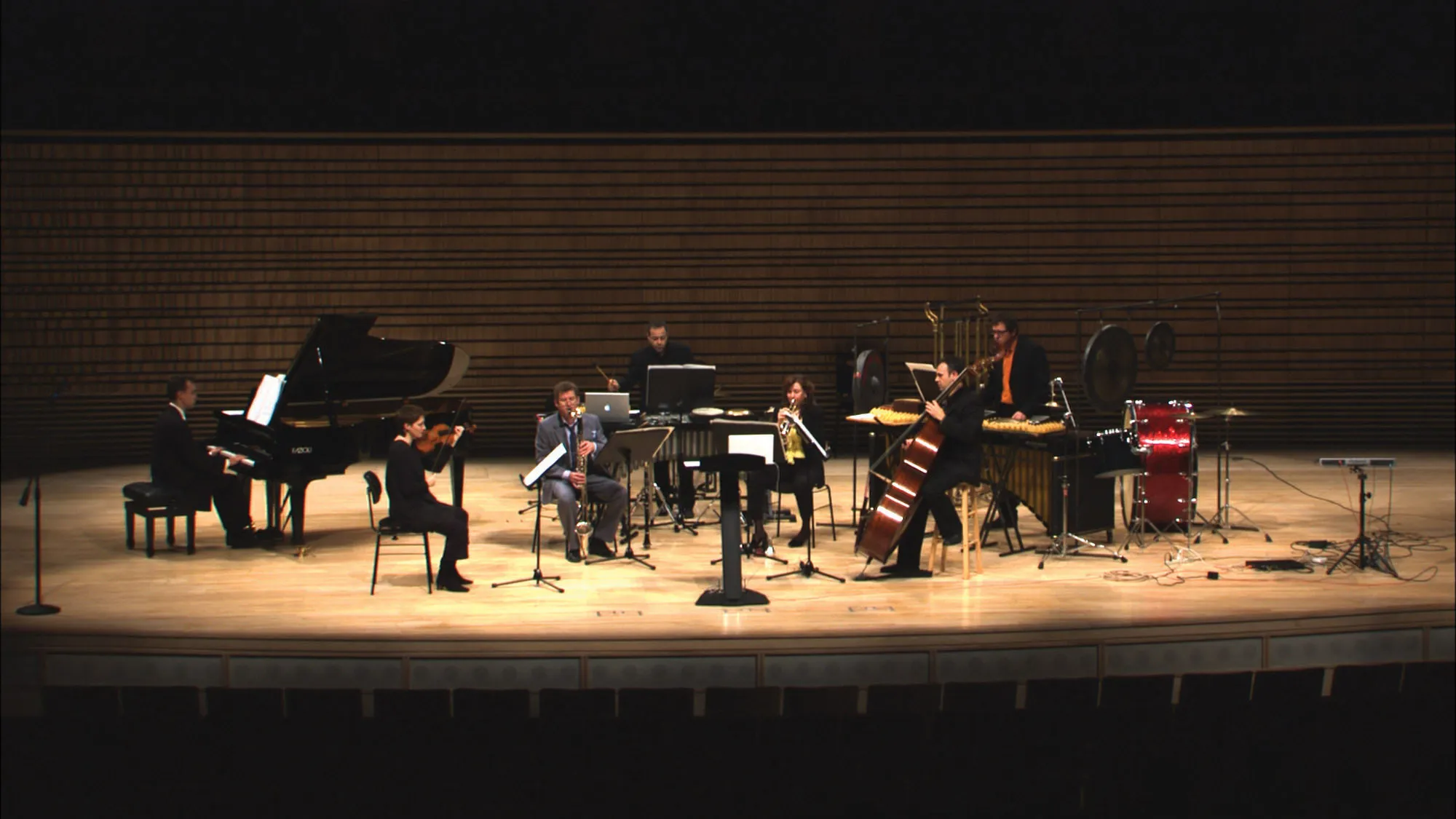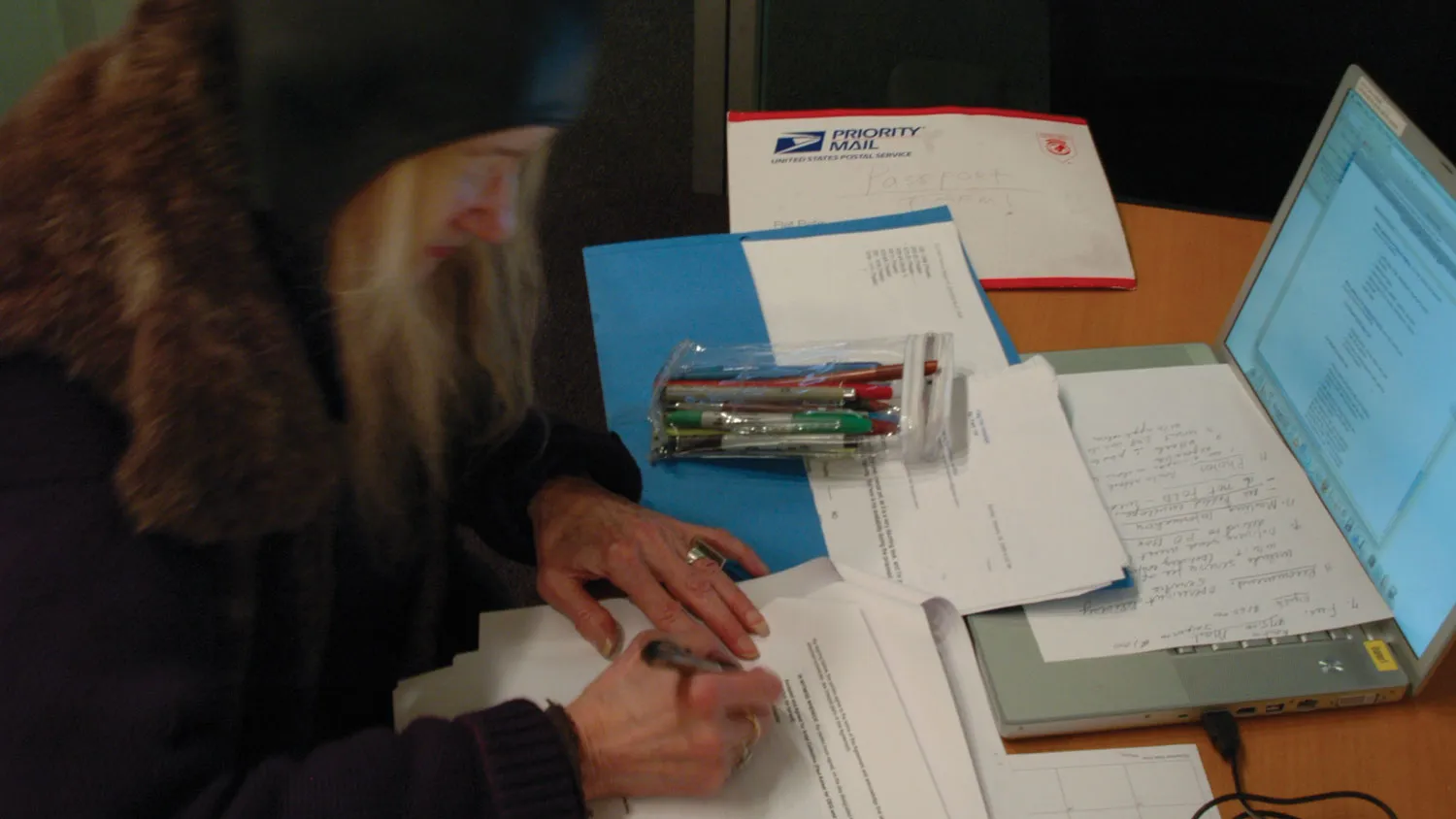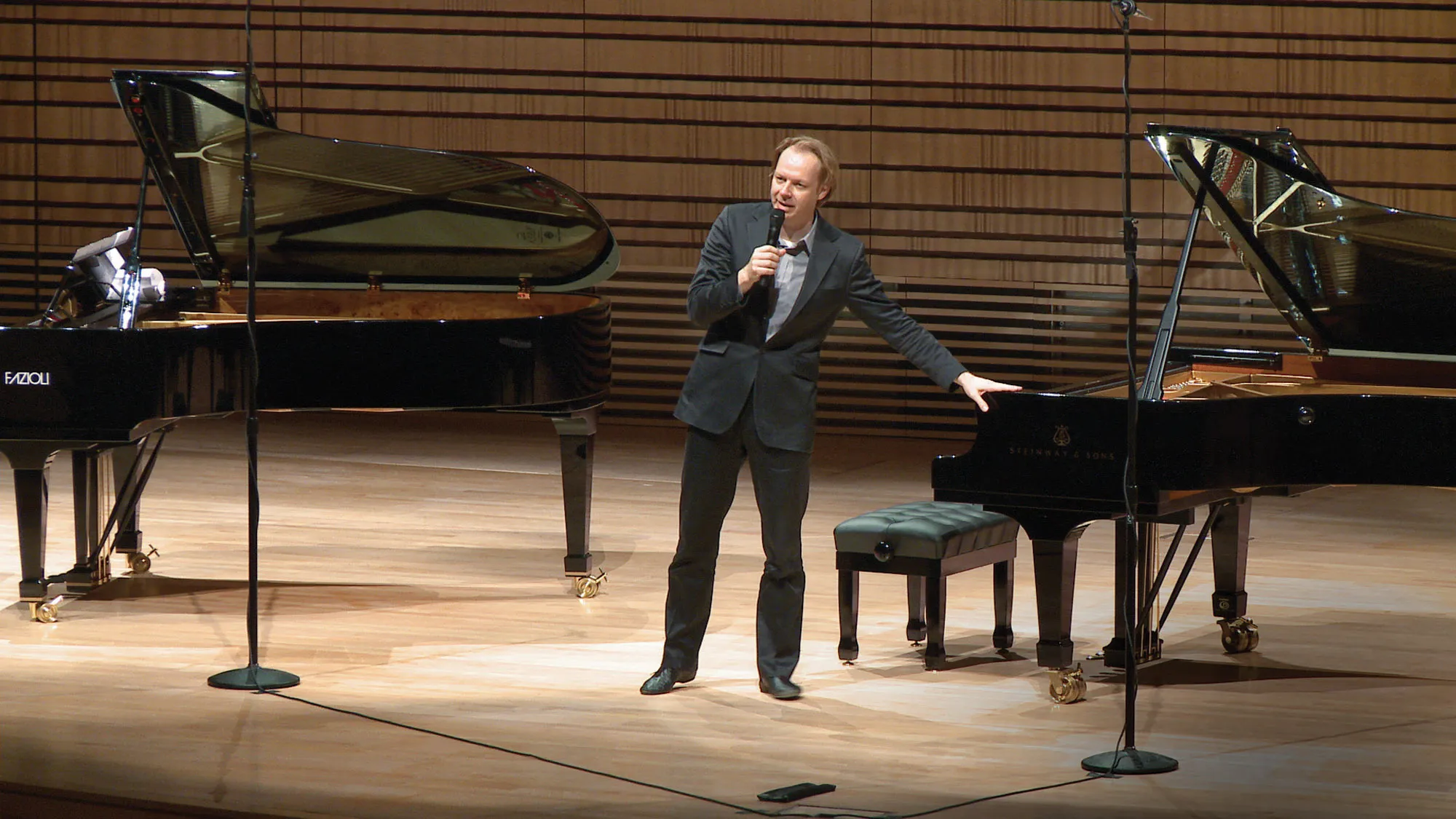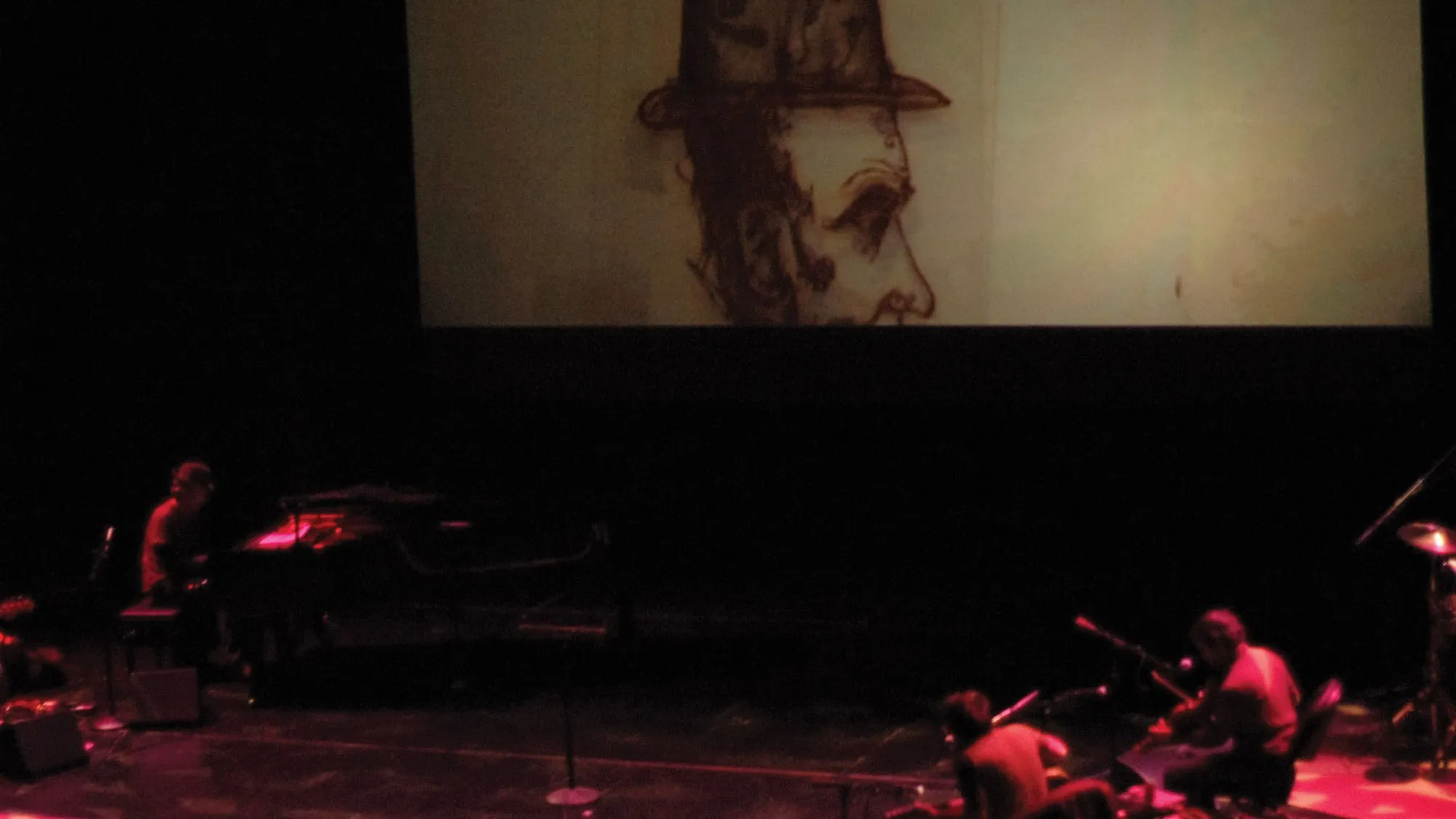
God Builds Like Frank Lloyd Wright
Best known for his darkly humorous stop-motion animated films that touch on themes of love, death, salvation and the underworld, filmmaker Brent Green will perform live with a series of his recent short films. Guest musicians, including the extraordinary Brendan Canty (Fugazi), Howe Gelb (Giant Sand) and Jim Becker (Califone) will accompany Green’s intense narration, which ranges from quiet, vulnerable storytelling to cathartic fumes bordering on the evangelistic. The self-taught animator is part 21st-century folk artist, part rock star, part confessional poet and part Blakean visionary. In live performance he screens a stop-motion autobiography of rich, idiosyncratic symbology to an accompaniment of raw Americana, harrowing and beautiful in its fragility. Green’s work lives in, exemplifies and tests that very trait, human fragility: We are by no means sound, he keens over Telecaster strain, not even weatherproof.
